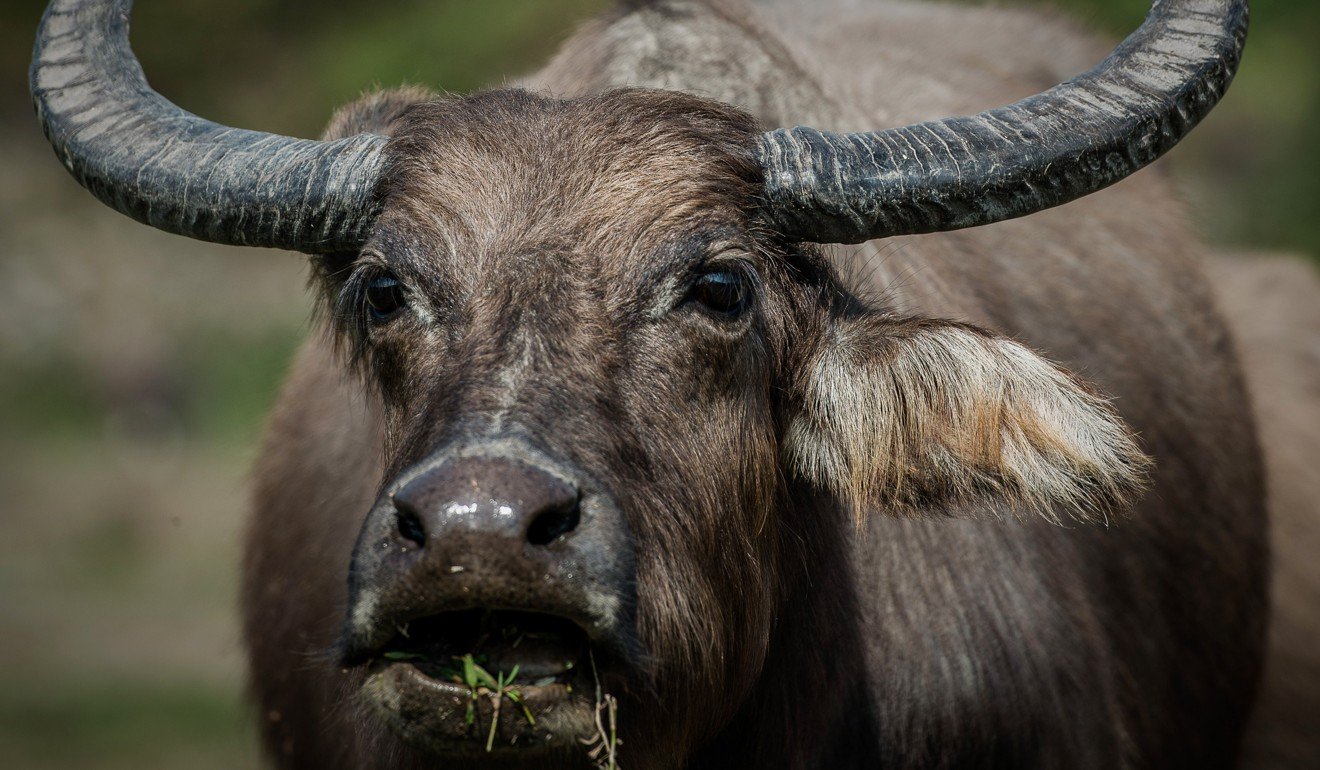
Four animal species to spot on Lantau Island, Hong Kong’s last frontier for biodiversity
- From strange barks to a peculiar little frog, land mass holds trove of biological gems that city stands to lose if balance between man and nature is fractured

While Hong Kong struggles to squeeze its ballooning population into every available inch of land, it is surprisingly not short on greenery and wildlife – boasting natural landscapes that rival its notorious concrete jungles.
Large swathes of Lantau Island, known as the “lung of Hong Kong” are among remaining frontiers still harbouring rich biodiversity. More than half of the 147 square-kilometre land mass has been designated as country park territory by the government.
Earlier this month, ecologists from the University of Hong Kong announced the discovery of three new species of ant. They named one type Strumigenys lantaui, after Lantau Island, where it was found. In light of this, the researchers stressed the need to protect the area’s indigenous ecosystem.
Move deeper into Lantau’s rural heart and other forms of wildlife can be found. For example, the island is home to 50 types of native snakes – a strikingly high figure given that the Amazon, one of the most ecologically diverse regions on Earth, holds 150 species.
City Weekend takes a closer look at what lies in Hong Kong’s countryside, and the biodiversity that the city stands to lose if the balance between development and nature is broken.
Wild cows and water buffalo
These feral animals, once bred for agriculture, have become part of the environment and a common sight on the island. With the decline of Hong Kong’s farming industry over the past 30 years, the bovine population has roamed free and grown about 15 per cent annually.
The Agriculture, Fisheries and Conservation Department estimates there are now more than 1,000 stray cows and buffalo in the wild.

Water buffaloes are usually found in herds of up to 20 animals, near marshes and rivers along the southern end of Lantau Island. The domestic oxen, or cows, can be found in clusters, or in herds of more than 100 each, across the region.
Increased urbanisation has pushed humans and such animals closer together, creating friction.
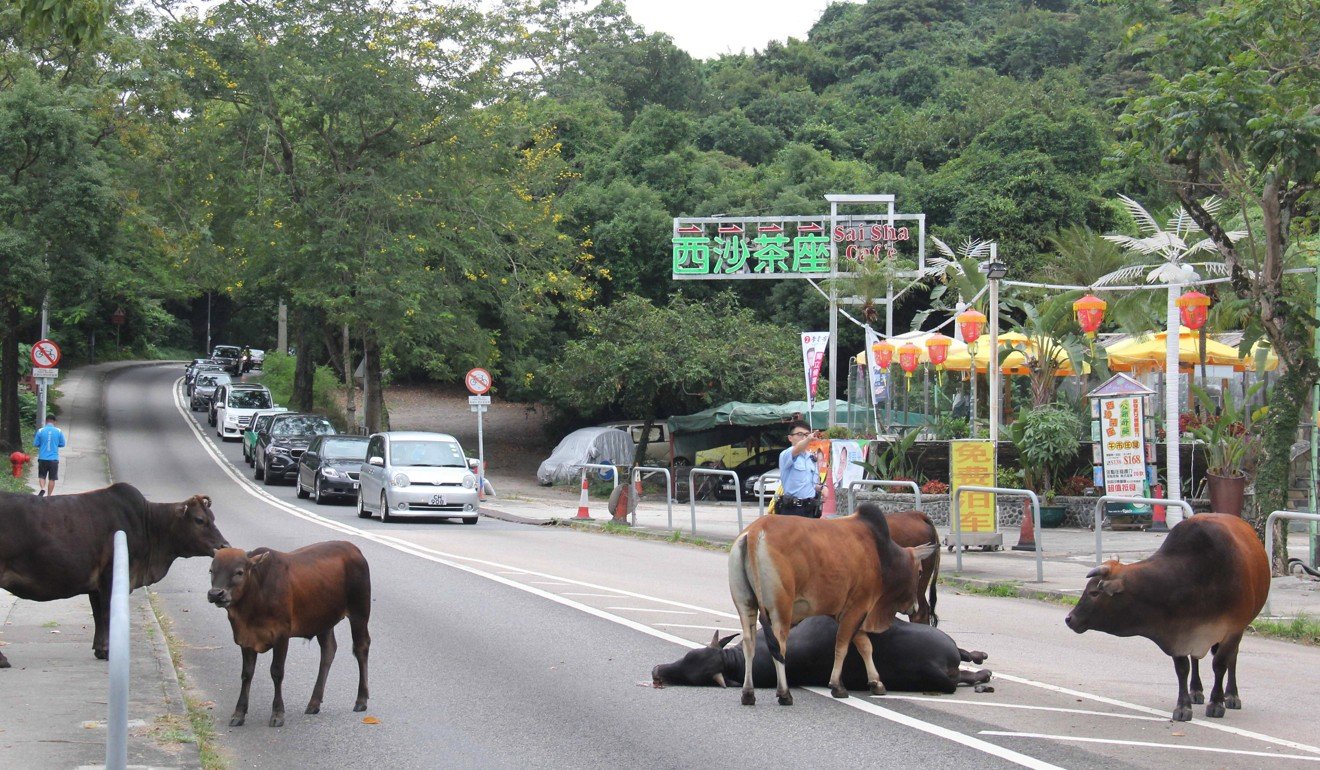
Organisations such as the Society for the Prevention of Cruelty to Animals (SPCA), Lantau Buffalo Association, global conservation body WWF and the Sai Kung Buffalo Watch work to protect these animals, lobbying for proper government policy.
Romer’s tree frog
Found nowhere else in the world, the Romer’s tree frog is Hong Kong’s smallest amphibian, growing to a maximum length of only 2.5cm. The tiny brown frog is recognisable by the ‘X’ across its back.
The Romer’s tree frog lives in the moisture amid leaves that line forest floors, and feeds on termites and crickets, using temporary pools of water for breeding.
The frogs were first discovered by John D. Romer in a cave on Lamma Island in 1952. When the cave collapsed in 1953, the population was thought to have completely disappeared until the frog was found again on the island in 1984.
The species once spread across Lantau and Lamma Islands, Po Toi, and Chek Lap Kok. However, the development of Hong Kong International Airport severely degraded its population.
As a means of protecting the threatened frog, captive breeding programmes were set up, with the animals subsequently released into habitats in the New Territories and Hong Kong Island.
The department monitors these translocated frogs closely. The effort is one of the most successful population relocation projects conducted.
Listed as “endangered” on the IUCN Red List of Threatened Species, the frog is protected under the Wild Animals Protection Ordinance.
Chinese white dolphin
Hong Kong’s famous dolphins are known for their pale pink skin, a feature stemming from the animal’s body temperature regulation.
Adults weigh up to 230kg, and can live for up to 40 years. They are black at birth, slowly turning grey, then pinkish white as they mature.
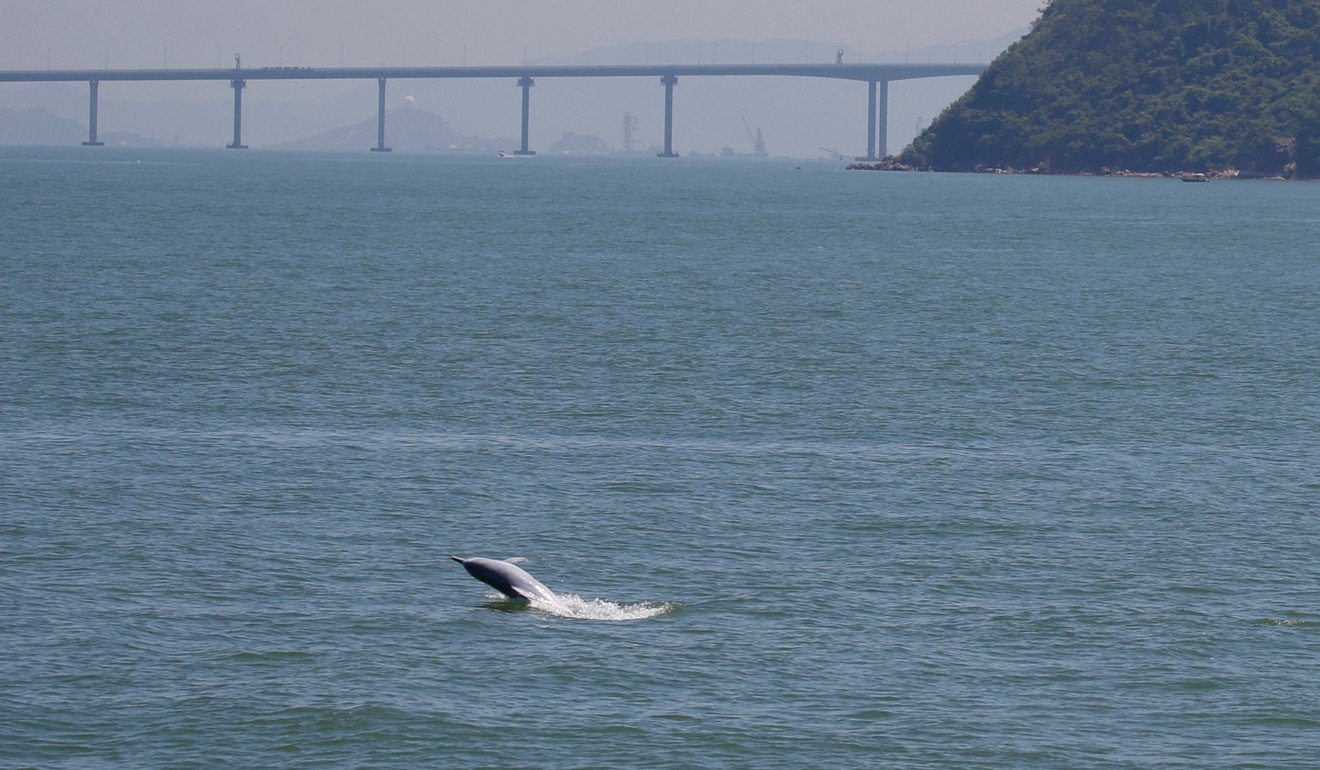
The dolphins were first discovered by explorer Peter Mundy in 1637, in the waters of the Pearl River Delta off the coast of Lantau Island.
The dolphins can be observed when they come to the surface for air for about 20 to 30 seconds before diving back into the depths. Boat tours around north-western Lantau cater to visitors who want to catch a glimpse of the animals, but sightings have been decreasing rapidly in recent years.

Between April 2017 and March 2018, the department reported that only 47 dolphins were spotted off the coast of Lantau Island. The population decline has been linked to habitat destruction, coastal development, and ocean traffic. Most recently, the construction of the Hong Kong-Zhuhai-Macau Bridge was cited as a major culprit.
Eco-tourism company Eco Travel has been leading tours under the guidance of WWF Hong Kong since 2016, promoting awareness of the threatened dolphin species.
Red muntjac
At times, the barks one may hear on Lantau’s hillsides may not be from dogs. They belong to the red muntjac, or barking deer.
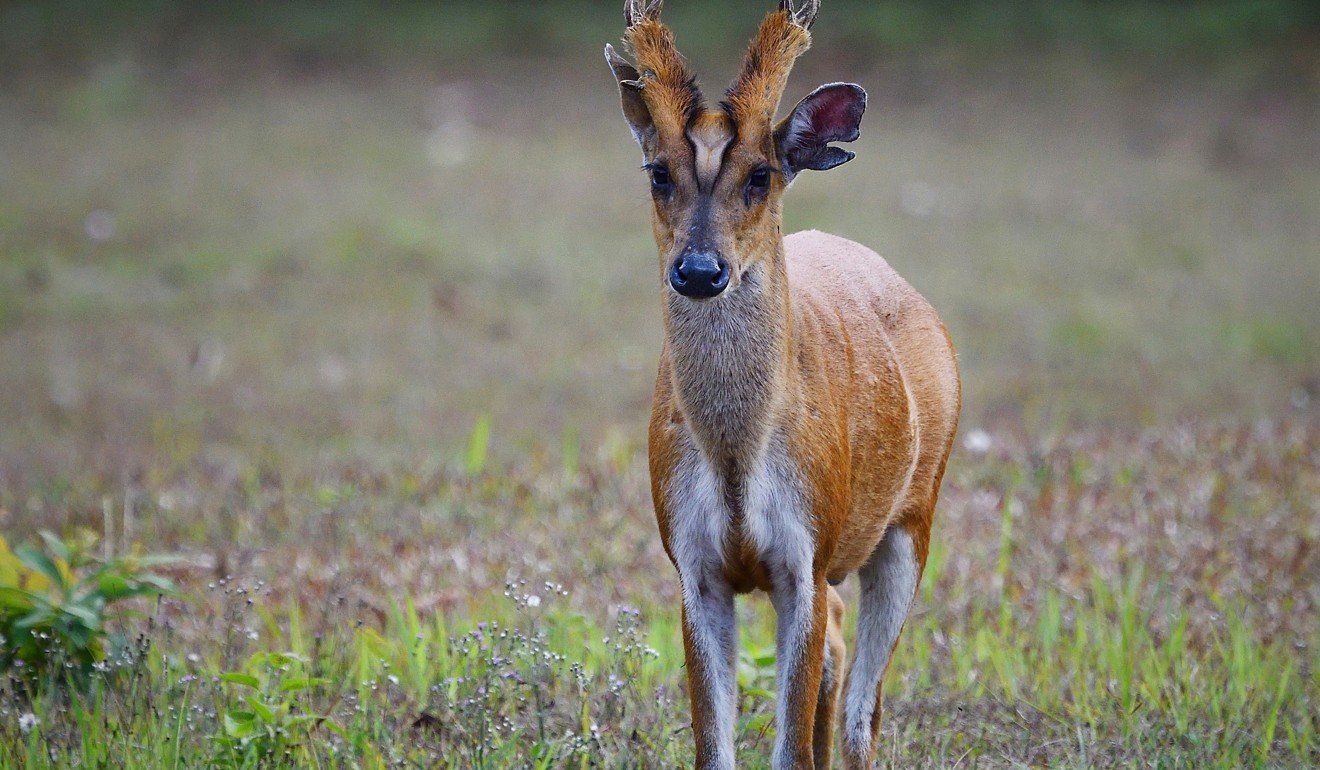
These shy omnivores are small, only half a metre tall in full adulthood, and weighing 10 to 18kg. They feed mainly on the herbs, fungi, berries, shoots, seeds and grass that grow in Lantau’s forested areas, but will also eat bird’s eggs and other small animals. The species is solitary, and sticks to a small territory that it defends and marks by scent glands.
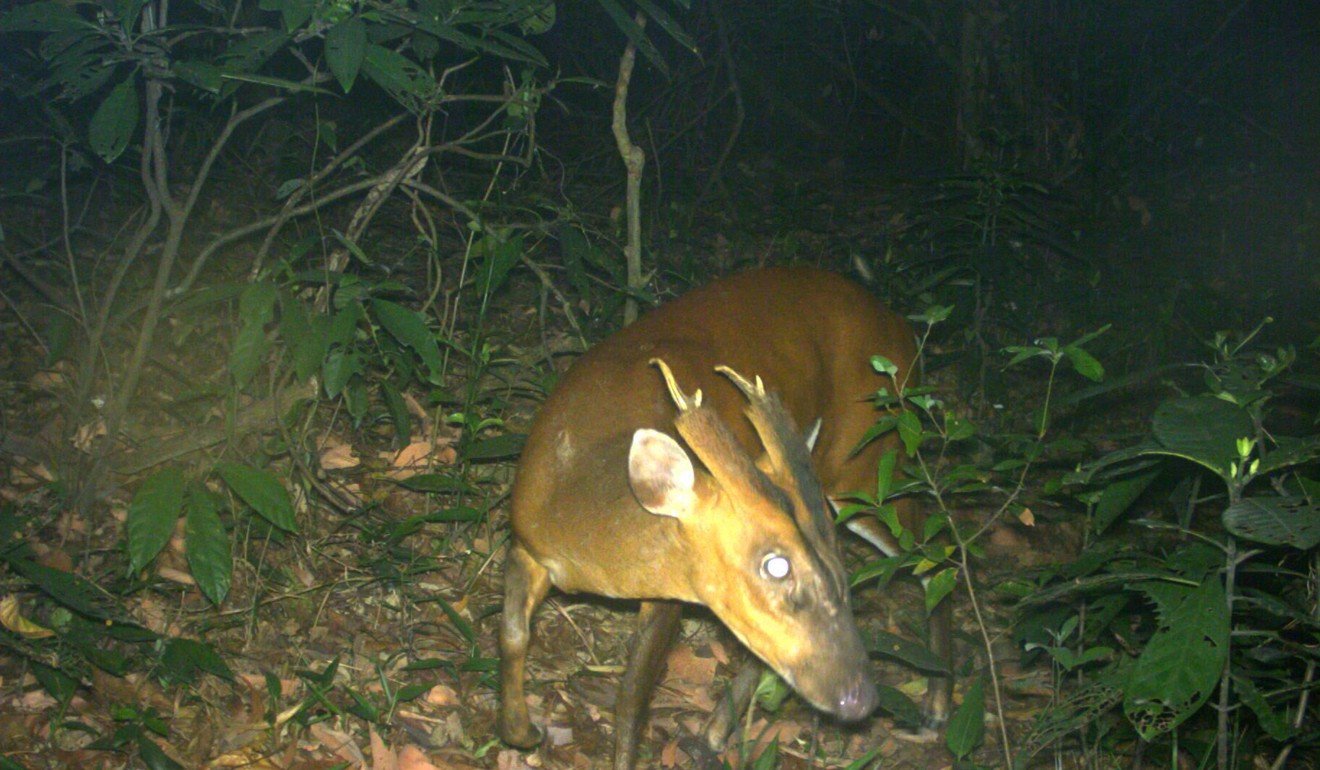
Male muntjacs, or bucks, have small antlers.
Previously hunted, the deer has grown to be wary of humans over time. As a result, visitors are more likely to hear rather than see one. For the deer, barking is both a mating call and an alarm mechanism when provoked.
